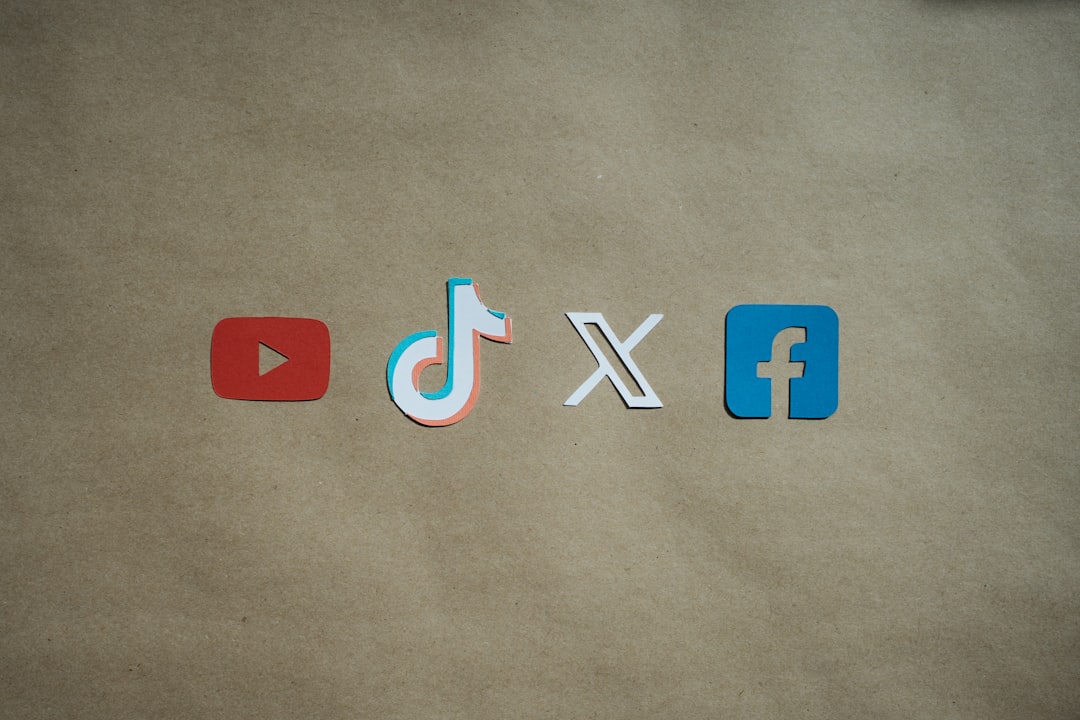When discussing digital media, it’s common to stumble upon a surprising amount of confusion concerning video and audio formats—particularly the infamous duo: MP3 and MP4. These file formats are often mistaken as equivalents or even interchangeable. However, the truth is that they are fundamentally different in purpose and use. If you’ve ever wondered what sets MP3 and MP4 apart or why they’re often mixed up, this comprehensive guide will explain everything in detail.
Understanding File Formats
Before diving into the specifics of MP3 and MP4, it’s essential to grasp what file formats actually do. A file format determines how data is stored and interpreted by a computer or media device. Formats often dictate:
- What type of content is contained (e.g., audio, video, or both)
- How compressed the file is
- Which programs can open or play the file
With that foundation, we can begin dissecting the confusion between MP3 and MP4.
What Is MP3?
MP3, which stands for MPEG-1 Audio Layer 3, is an audio-only format. It uses a form of lossy compression to reduce file size considerably without significantly affecting the perceived audio quality. MP3 files are among the most popular and widely supported formats for storing and sharing music and other audio content.
Key characteristics of MP3:
- Only supports audio content
- Great for music playback and audio recordings
- Extreme portability—can be played on virtually any audio-capable device
- Smaller file sizes due to compressed data
What Is MP4?
MP4, or MPEG-4 Part 14, is a much more versatile container format. Unlike MP3, MP4 can store audio, video, images, and even subtitles within a single file. This makes it one of the preferred formats for streaming and sharing multi-media content online.
MP4 is not synonymous with video, but it is commonly used to store video with accompanying audio tracks, which adds to the confusion.
Key characteristics of MP4:
- Can contain audio, video, images, and text (subtitles)
- Commonly used for streaming platforms like YouTube and Netflix
- Supports high-resolution video
- Larger in size compared to MP3, depending on the content

Why the Confusion Between MP3 and MP4?
The similarity in names—MP3 and MP4—leads many to believe they are closely related or that MP4 is simply an upgrade over MP3. This, however, is not the case. In reality:
- MP3 was designed strictly for audio compression and playback.
- MP4 serves as a multimedia container meant to hold not just audio but also video, images, and subtitles.
While MP3 files play perfectly on audio players and smartphones, they are useless for video content. Meanwhile, MP4 files often can’t be utilized by basic audio players because of embedded video data. Misunderstanding this distinction can quickly lead to playback compatibility issues.
Comparing MP3 and MP4 Head-to-Head
| Feature | MP3 | MP4 |
|---|---|---|
| Content Type | Audio only | Audio, video, images, subtitles |
| Compression | Lossy | Lossy (varies by codec) |
| File Size | Smaller | Larger |
| Use Case | Music, podcasts | Movies, videos, streaming content |
| Compatibility | Universal on audio devices | Widely supported on multimedia devices/apps |
Understanding Containers and Codecs
Another layer of complexity is introduced when we consider the roles of containers and codecs. A container like MP4 merely packages various media types together. It doesn’t itself convert digital formats—that’s the job of the codec.
Common codecs used in MP4 files include:
- H.264 – Popular for high-definition video
- AAC – Advanced Audio Codec, commonly paired with MP4 video
In contrast, the MP3 file format serves as both container and codec—it encodes audio using its own compression standards. So while MP3 is relatively simple and limited in scope, MP4 is flexible and multifunctional.

When Should You Use MP3 or MP4?
Choosing between MP3 and MP4 depends on your specific needs:
- Use MP3 if your content is audio-only such as music, podcasts, or audiobooks. The format ensures small file sizes and easy compatibility across devices.
- Use MP4 if you’re dealing with video content or need to combine multiple types of media. For instance, if you’re creating a video presentation or uploading content to YouTube, MP4 is the correct format.
Using the wrong format can result in playback errors or unnecessarily large file sizes. Always consider your end user’s device compatibility as well.
Myths and Misunderstandings
Here are a few common myths about MP3 and MP4 formats:
- Myth: MP4 is just a better version of MP3.
Reality: They serve different purposes entirely. - Myth: MP3 can store video content if compressed.
Reality: MP3 is audio-only, always. - Myth: MP4 files are always better in quality.
Reality: Quality depends on the codecs and bitrates used within the MP4 container.
Conclusion
Understanding the distinctions between MP3 and MP4 is crucial for anyone working with digital media—whether you’re a content creator, an editor, or simply someone who enjoys digital entertainment. While MP3 serves a valuable role for audio-only content, MP4’s flexibility makes it indispensable for multimedia applications.
Always evaluate your project’s requirements before choosing a file format. Not only will this ensure better performance and quality, but it will also spare you the hassle of compatibility issues and wasted storage space.
In summary:
- MP3 is best for audio-centric applications.
- MP4 excels in multi-media content delivery.
By understanding their differences, you can use these formats more effectively and avoid the common pitfalls many encounter when managing modern media files.



Leave a Reply